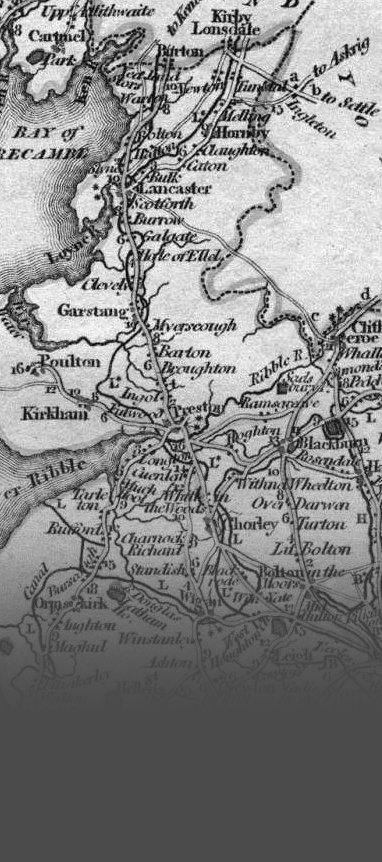

The siege of Nantwich 1643-4
30th May 2018
Residents of the Nantwich area, civil-war re-enactors, and many people interested in the history of the English civil wars of the mid seventeenth century will be familiar with the annual re-enactment of the battle of Nantwich held in that town at the end of January. Over the last weekend of that month members of the Sealed Knot gather in Nantwich, lay a wreath at the town war memorial in memory of the fallen, and re-enact the battle fought on 25 January 1644. A Royalist army led by Lord Byron from Chester had been besieging the town for six weeks but had to raise the siege to face an advancing Parliamentarian army from Manchester under the command of Sir Thomas Fairfax (later famous as the commander of the New Model Army and victor of the battle of Naseby). The two armies met at Acton, just to the west of the town. The Royalists were defeated and forced to abandon their siege; the Parliament remained in control of Nantwich for the remainder of the war.
By far the most detailed picture we have of the siege comes from the civil-war diaries of two Nantwich Parliamentarians, Thomas Malbon, a local lawyer, and Edward Burghall, vicar of the neighbouring parish of Acton. Both were published by the Society in 1889, edited by the Nantwich local historian Joseph Hall as Memorials of the Civil War in Cheshire and the Adjacent Counties (Vol. 19). Malbon provided a vivid eyewitness account of living through the desperate siege, from its beginnings as Royalist forces advanced towards the town in the week before Christmas 1643. He wrote of the infamous massacre at near-by Barthomley, where 12 locals were killed by the Royalists after they had been smoked out of the church and surrendered. He described conditions in the town, noting that since the men were guarding the town defences, it was left to the women to quench the fires started by the Royalist cannonade. He even kept a score of the number of cannonballs shot at the town (96 on one day, 16 January 1644).
A year after the battle Malbon recorded that the town commemorated the anniversary of its deliverance in ‘a solemn day of thanksgiving’. Those who mark the battle in modern times (a re-enactment has been held since 1972) are thus perpetuating a tradition (much interrupted) that can be traced back to 1645 and volume 19 of the Society’s publications.